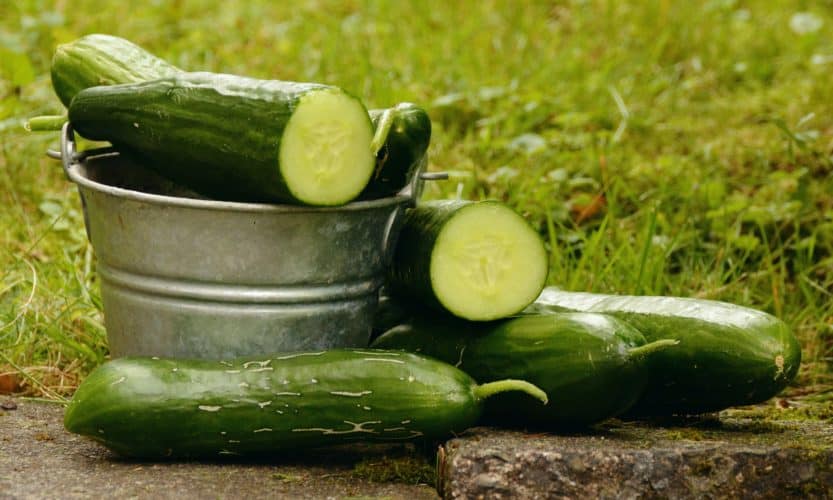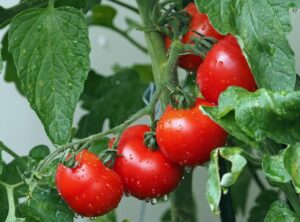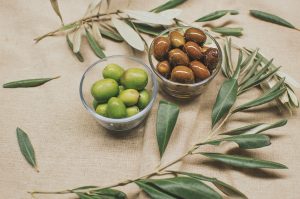Adding cucumbers to your garden provides you with a fast growing and highly productive crop with minimal effort. Cucumbers are a good source of fiber and contain small amounts of vitamin K and beta-carotene.
Buy Cucumber Seeds Online
| Image | Name | Rating | Shop |
|---|---|---|---|
 | Seeds of Change Certified Organic Marketmore Cucumber | ||
 | David’s Garden Seeds Cucumber Pickling Boston | ||
 | David’s Garden Seeds Cucumber Slicing Armenian Dark Green |
Cucumber Varieties
Cucumbers are usually used in salads, but certain varieties can be grown for pickling. When choosing a variety, be aware that cucumbers grown for fresh eating tend to be larger, while pickling types are usually on the smaller side. In most cases, you can still pickle larger cucumbers, but it will take longer and be cumbersome to jar the larger varieties.
When Should I Plant Cucumbers?
Cucumbers cannot tolerate cold conditions at all, so be sure to wait until your soil temperature is at least 65 degrees Fahrenheit (18.3 C). It’s best to wait until two weeks after your last frost before you plant cucumbers in your garden.
Cucumber plants do not transplant well, so you should avoid starting the seeds indoors. In most cases, even in climates with short growing seasons, cucumbers will grow fast enough to yield very well without a head start.
Planting Cucumbers in a Garden
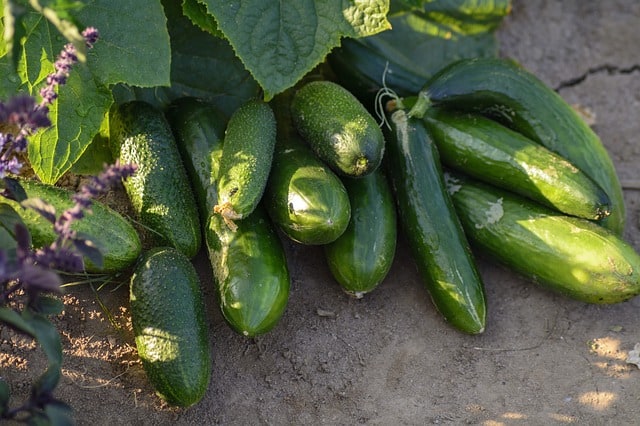
Do Cucumbers Require Full Sun?
Find a location in your garden that gets full sun all day, especially in the early spring. The sun will help your seeds germinate faster by heating the soil while increasing the plant’s growth rate early in its life.
Cucumber Soil Requirements
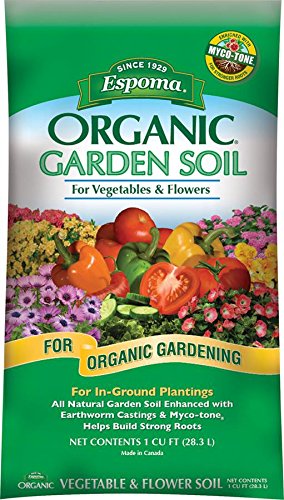
Cucumbers need fairly fertile soil (Buy Online), in order to produce a bumper crop. You can prepare your soil two weeks prior to planting your seeds by adding compost and fertilizer. Mix the compost and fertilizer evenly throughout the first 4 to 6 inches (10 to 15 cm) of soil. The soil should have a pH of 7.0 to 7.8; and, for the most part, cucumbers prefer a soil that is neutral to slightly alkaline.
Do Cucumbers Need a Trellis?
Cucumber varieties that produce long vines will need a trellis, and it’s best to install the trellis while preparing the soil. Adding the trellis now will make it less likely that you disturb the plants once they are already growing.
Cucumber Plant Spacing
Once your soil is ready and the weather is right, it’s time to plant the seeds. Cucumber seeds should be planted 1 inch (2.5 cm) deep and have a final spacing of 24 inches (61 cm). In order to counter sporadic germination, you can plant your seeds 12 inches (30.5 cm) apart and thin any excess plants once they have all germinated.
Should you Water Cucumbers Everyday?
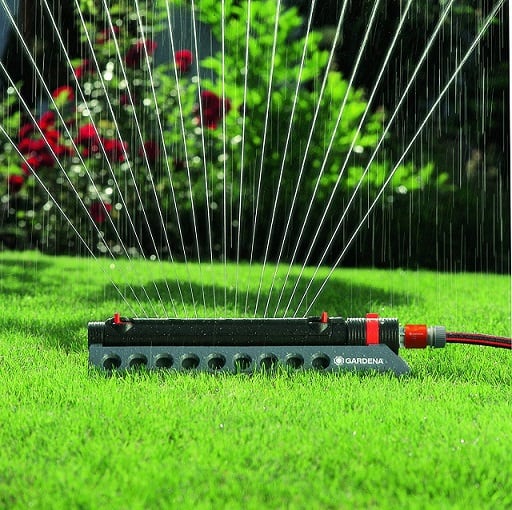
Once you plant your seeds, gently water the seeds every day for about a week, until you see the plants emerge. Also be sure to keep any weeds under control while the seedlings are getting established.
Cucumber Weed Control
You can carefully pull the weeds that are growing close to the plants and use a hoe to cultivate the soil further away from the seedlings. Another good weed control method that works well, especially with the large, inter-plant spacing amongst cucumbers, is to use mulch. This will have two benefits, in that it will reduce weeds and help retain moisture.
Caring for Cucumber Plants

Cucumber Water Requirements
Cucumber plants will require 1 inch (2.5 cm) of water every week once they are fully established.
Cucumber Fertilizer Needs
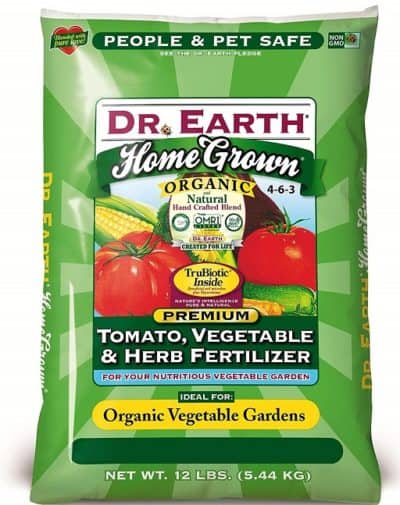
You should fertilize every 2 weeks with a fast-acting, liquid fertilizer. If you added fertilizer (Buy Online) when you prepared the soil, then you can wait until the plants begin to flower before adding more fertilizer.
If at any time you see yellowing of leaves or any other signs of nutrient deficiency, then immediately fertilize the affected plants. Be careful not to over-fertilize the plants, as this will lead to lush vine growth, but reduced yields.
Cucumber Insect Pests
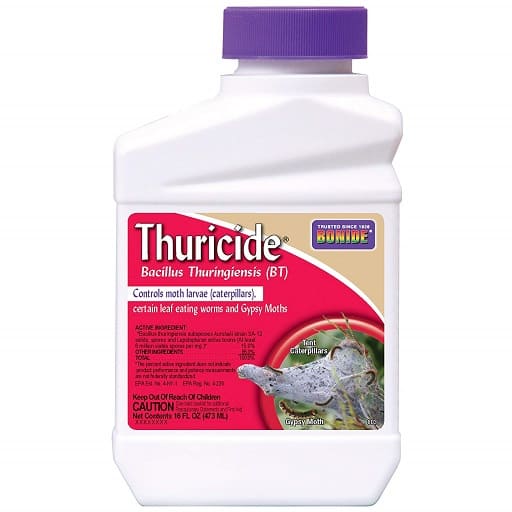
While your cucumber plants are growing, be sure to keep an eye out for any insect infestations, such as aphids, spider mites or cucumber beetles. If any signs of infestation occur, then quickly remove the offending insects and/or remove the affected part of the plant and the apply Bacillus Thuringiensis (Buy Online), as this should limit the scope and spread of the problem.
Cucumber Powdery Mildew
Another problem that most people growing cucumbers will eventually encounter is powdery mildew. This disease will most likely crop up late in the season when the weather gets cool and moist. For the most part, powdery mildew only reduces the tail end of your harvest.
Cucumber Powdery Mildew Control
If you live in a climate that is prone to powdery mildew throughout the season, you will have to take some extra precautions. Make sure your plants have adequate airflow and the foliage is kept as dry as possible, by watering in the mornings and not the evenings, as this should limit any mildew problems.
Cucumber Harvest Time
Once your cucumbers have started to set fruit, your first harvest should not be far off. Depending on the variety, you should gauge when your cucumbers are ready to be picked based on size.
When are Cucumbers Ready to Pick
For regular slicing cucumbers, wait until they are 6 to 8 inches (15.25 to 20 cm) long. If you are growing pickling cucumbers, then they should be harvested at 2 inches (5 cm), and dill varieties should be harvested at 4 to 6 inches (10 to 15 cm).
Don’t allow your cucumbers to grow too large, as this can lead to a bitter taste; and you can tell they are overripe when they begin to yellow. Once your plants begin to reach their full stride, you will most likely be harvesting fresh cucumbers every 3 days.
Cucumber Storage Tips
Slicing cucumbers do not keep very long, so it’s best to consume them soon after harvest. If you are growing pickling cucumbers, then you can pickle them promptly and keep them in jars for up to 2 years.


